Seafood ecookbook by Food + Planet
And Steelhead trout, another lesson in gel phase transitions and possibly a look at fish albumin after poaching.
Free pdf » ‘The Blue Foods as Medicine Cookbook: 20 Healthy, Delicious Recipes Featuring Sea Vegetables, Clams, Mussels, Oysters, and Scallops’, by Food + Planet, 2023. (pdf)
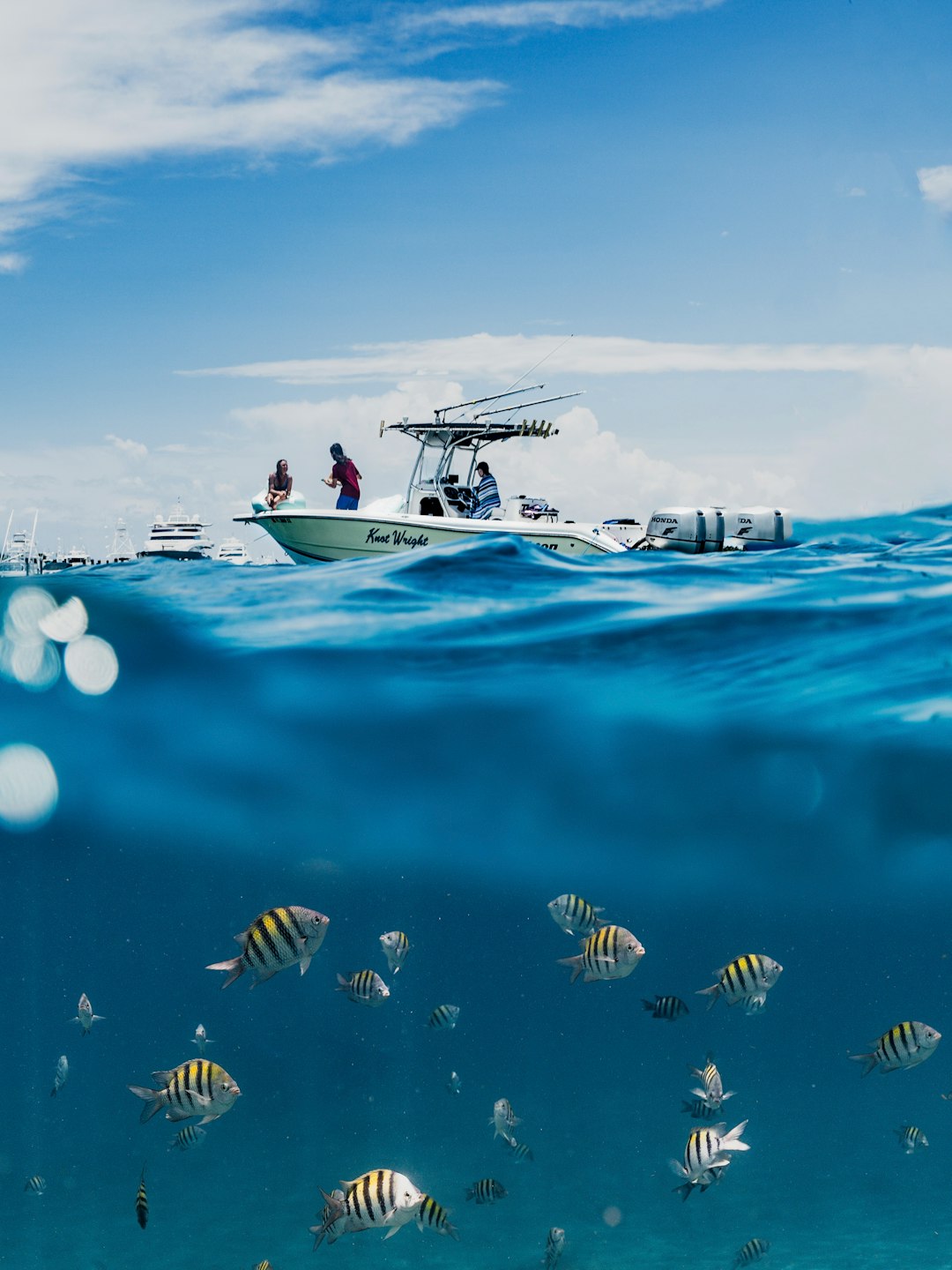
I am not sure how big a risk of agricultural chemicals farmed fish may have. Steelhead trout, also known as trout, is rich in omega 3 fatty acids and is a lean protein source. Farmed trout is considered a sustainable choice by Monteray Bay Aquarium’s Seafood Watch. (seafoodsource.com)
The Steelhead trout I cooked was farmed in a marine net pen in Turkey. It has orange flesh like salmon but cooked faster as it was thinner fillets. Two pounds in two fillets rather than one like the salmon. (mentioned in this post) It took about 40 minutes to cook instead of 60 and I drained the liquid and removed the tinfoil for the last few minutes. It looked odd, more like poached fish or eggs might look, third photo. Plasma containing albumin may look almost exactly like soft cooked egg white.
Two pounds of raw trout with sweet onion and olive oil, cover with tinfoil and bake at 350’F for ~35 minutes. Uncover, drain excess fluid and continue to bake for a few more minutes until the fillet is flaky at the thickest points.
It was easy to remove the skin and pieces of the fillets could be flipped over to serve. Otherwise, coating in almond meal or some other coating mixed with finer-cut chopped onions (breadcrumbs, cornmeal, chopped pecans), would absorb the plasma and that would crisp a little.
The white gel that formed on the trout fillets was soft in texture though, creamy and it tasted good. It is likely albumin rich plasma oozing away from the condensing muscle proteins. The tinfoil traps steam in the oven and effectively is similar to poaching the fish and fish plasma.
Poaching fish generally uses a little more broth. See: Five Delicious Ways to Poach Fish, (thebetterfish.com).
Bravery is trying new things.
Cooking can have an intimidating impression — recipes must be followed exactly! and it is complicated with steps and numbers. It doesn't have to be. Often there are videos available now so you can watch how something is made even if it is in another language.
Food safety guidelines are important to know and follow with raw meat or egg dishes. Fish should be cooked to 145’F minimally. The salmon fillet I cooked was around 160’F at the time I thought it looked properly flaky. Having a meat thermometer and using it correctly is a good kitchen skill to learn and follow. People who make roasts may want a leave-in thermometer, others may only need the type used to check when meat is removed from the oven. See: How to use a meat thermometer, (realsimple.com).
Chicken and poultry is recommended to cook to 160’F to reduce bacterial risk.
Spices and herbs are best added in small amounts with taste testing in between. It is typical in a professional kitchen for a cook to use many spoons as they adjust the seasoning at the end of the cooking. Each dip into the pot needs a clean spoon to prevent germ exposure from the cook.
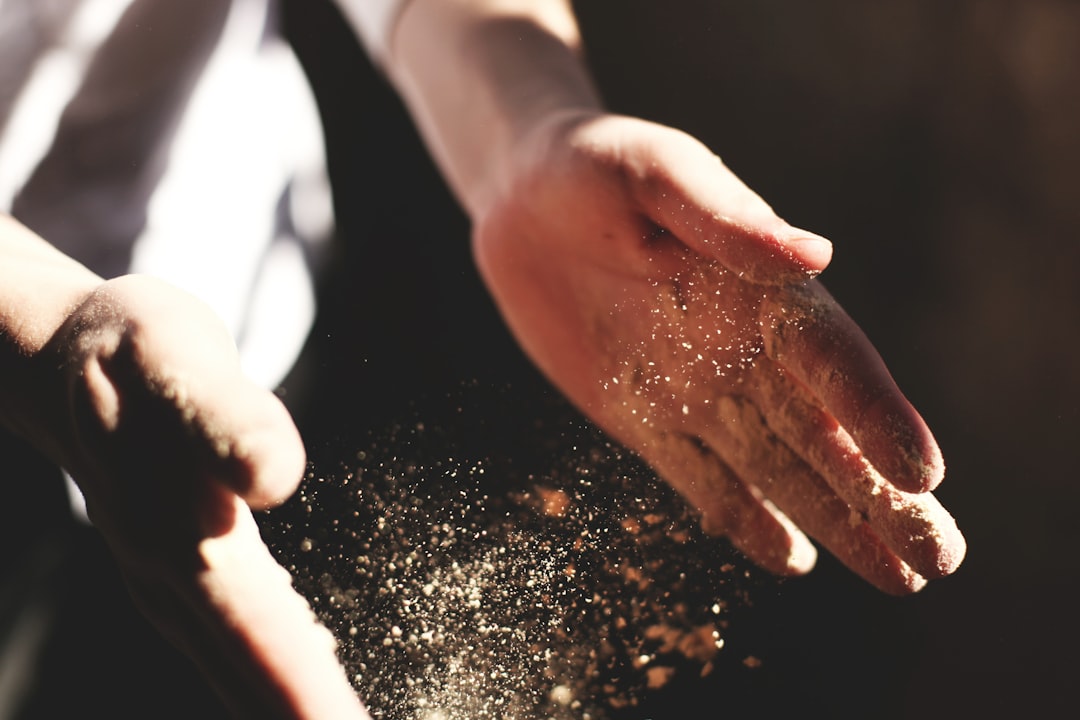
Have fun with food and enjoy exploring other culture’s favorite dishes and spices.
Kalamata is an Indian girl who enjoys cooking and learning about foods and spices from other cultures along with her stuffed alligator Al Dente. The site KalamatasKitchen.com has resources for working with children learning about cooking. Finding Bravery in Food, (kalamataskitchen.com), *not affiliated but I like that their children’s book bundles includes one with spice blends.
Old Bay Seasoning is a 70 year tradition used for seafood dishes in the US. This article provides a variation based on the list of herbs used in Old Bay seasoning for shrimp (prawns) and crab but the author, Nagi, uses it for fish. Fish Seasoning (great all-rounder), (recipetineats.com).
Spice substitutions are suggested by Nagi too, in case you don’t have all the ingredients or don’t prefer them all. A How-to make and use video and recipe card style list of the ingredient amounts are included in the post along with what types of fish or seafood the spice blend might be good with.
“Celery salt (key ingredient) – This is the salt base for this spice mix for fish. It’s a flavoured salt made from mixing ground celery seeds with salt. Though it doesn’t taste or smell like anything special out of the bottle, it’s got sparkle! When part of a seasoning, it adds a subtle extra layer of savoury flavour.
In fact, celery salt is one of the “secret ingredients” in things like KFC seasoning and Old Bay. You’ve probably had it in more dishes than you realised when eating snack foods or at restaurants.
It’s common these days, easily found in the spice aisle of grocery stores. Substitute with ordinary salt, or make your own celery salt using celery leaves (see recipe notes);
Mace – This is a spice used in Old Bay Seasoning which is why it’s made its way into this recipe! Derived from the nutmeg tree, it tastes a bit like nutmeg and allspice. We only use a bit so it’s not a key ingredient (1/8 tsp out of 4 tsp of total Fish Seasoning). Substitute with nutmeg, allspice, or even pumpkin pie spice;
Mustard powder – Substitute with 1/4 tsp ginger powder;
Smoked paprika – Substitute with plain paprika;
Allspice – Substitute with mixed spice;
Clove – Substitute with nutmeg or mixed spice;
Ginger – Substitute with more mustard powder;
Cayenne – Substitute with pure chilli powder;
Ground cardamom – Substitute with equal parts cinnamon plus nutmeg.”
Nagi, Fish Seasoning (great all-rounder), (recipetineats.com).
Disclaimer: This information is being provided for educational purposes within the guidelines of Fair Use and is not intended to provide individual health guidance.




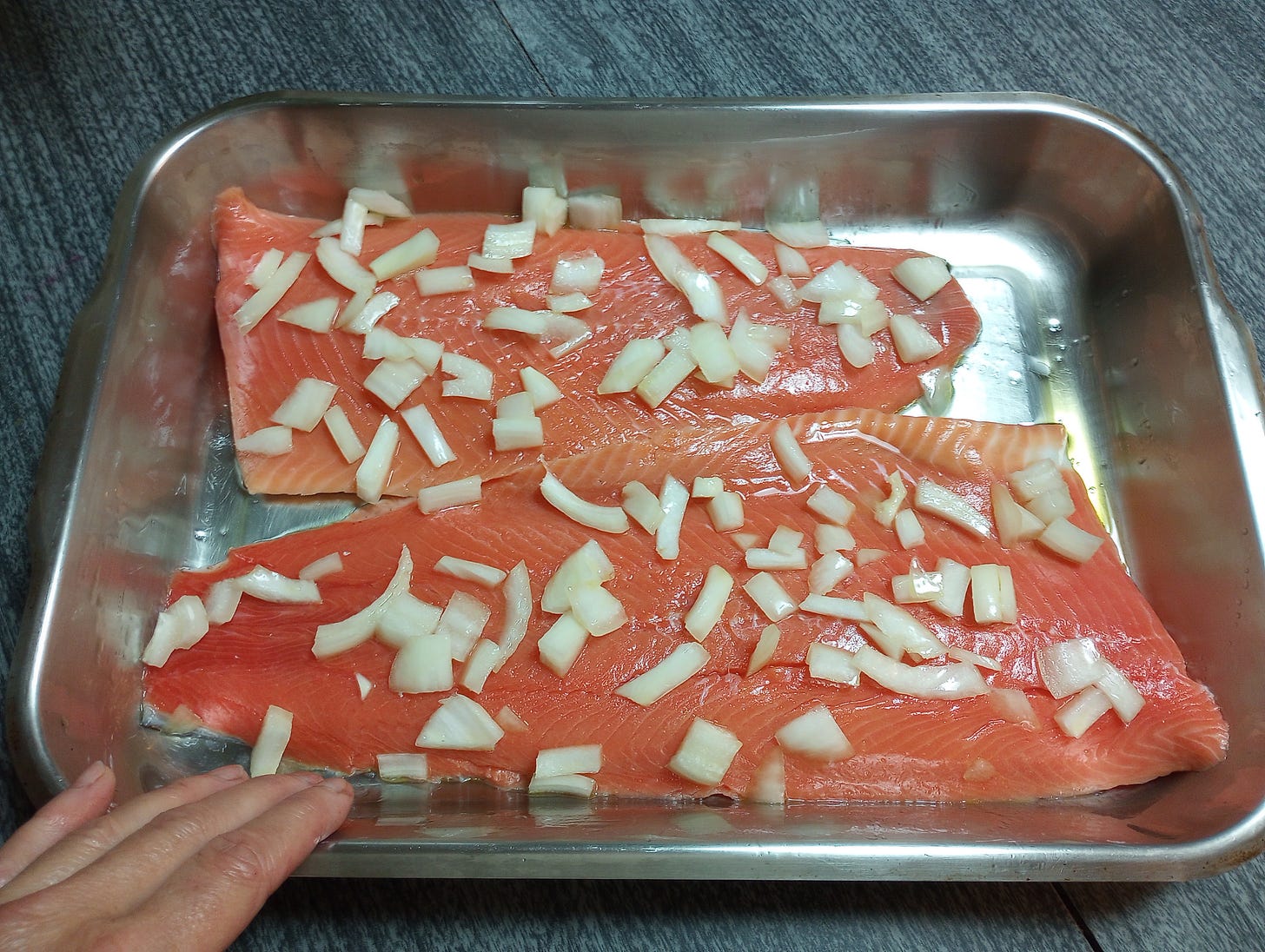
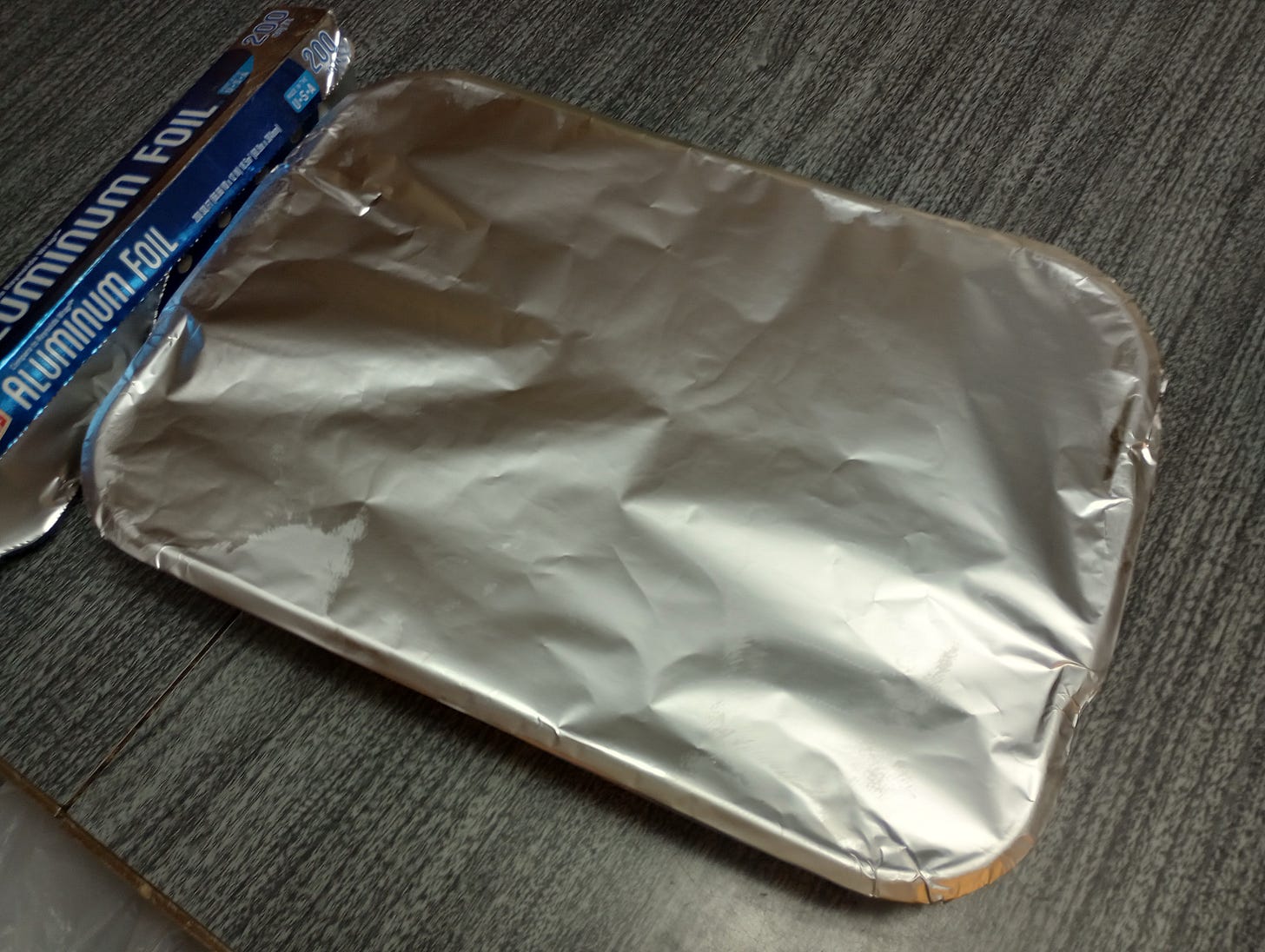
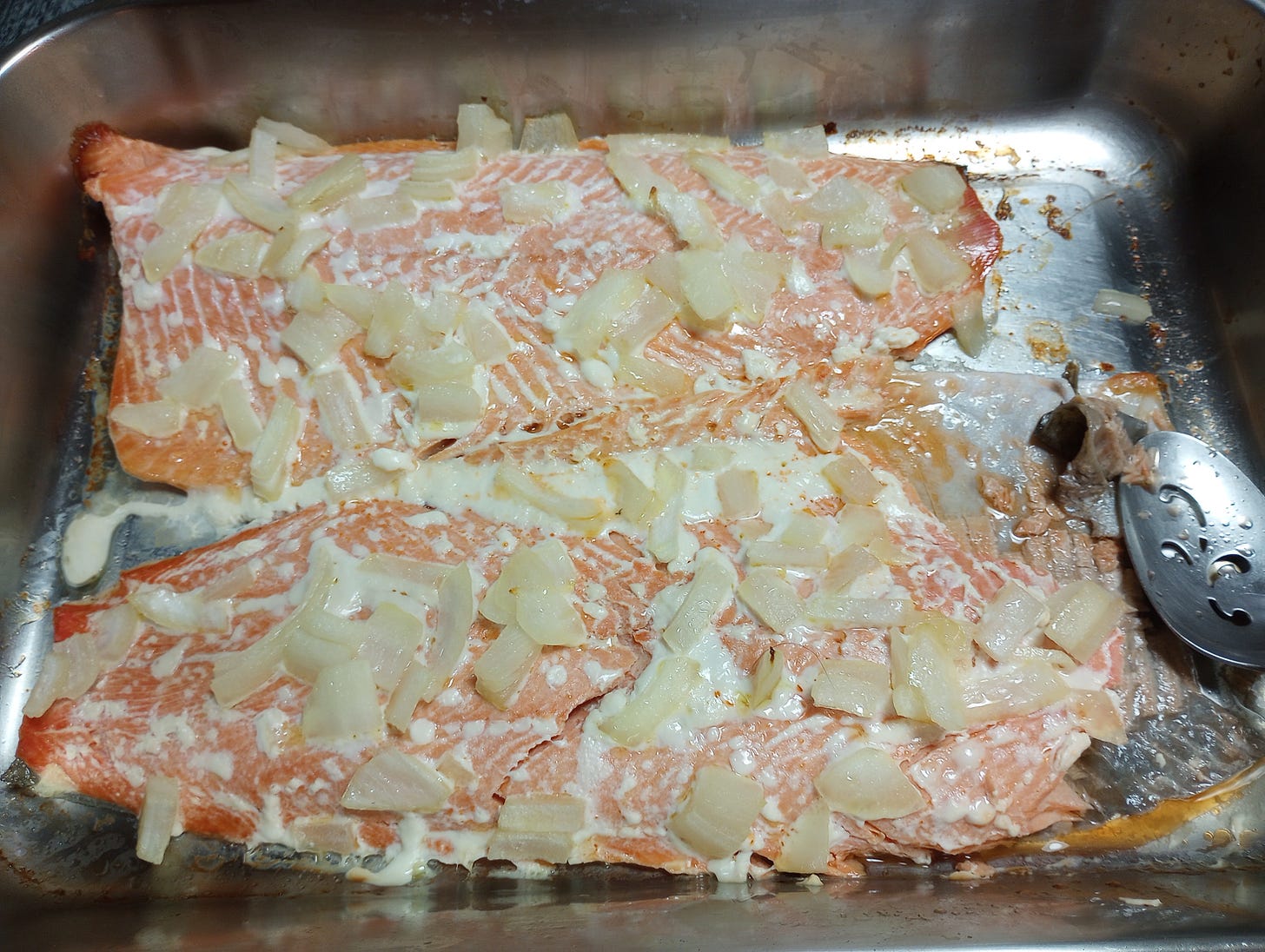
I love Steelhead. It's been too many years since partaking. I have a question. I'm nearly 69 years old and I've searched everywhere looking for tin foil with which to cook various foods. Where can I find it?Now as for aluminum foil, I stopped using the toxic material years ago, once I realized that it is a primary cause of ADHD, Autism, Alzheimer's and cancers. The same holds true for aluminum pans and non-stick aluminum pans.
Years ago, I began using quality (U.S.) cast iron skillets and stainless steel pans. I avoided import cast iron, most notably those of Chinese manufacture, as toxic compounds are found in them, as they are in most if not all Chinese produce, herbs spices, etc.
I found that Chinese produced cinnamon for one example, is nothing more than chemical laden fine sawdust of wood, flavored to taste like the spice.
I do appreciate your articles and your recipe for cooking Steelhead trout. Thank you very much.
👏👏👏👏👏👏🙏👏👍👍🎩🙏